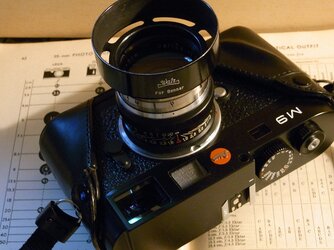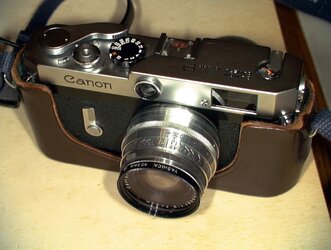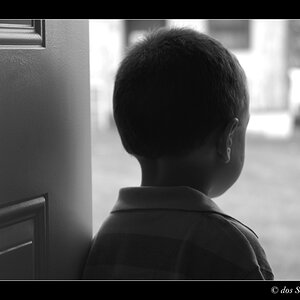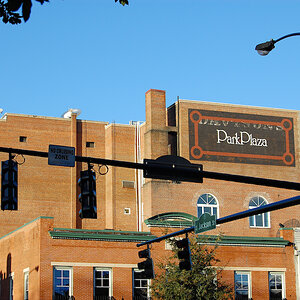BrianV
TPF Noob!
- Joined
- Nov 26, 2012
- Messages
- 806
- Reaction score
- 123
- Can others edit my Photos
- Photos NOT OK to edit
Well the "Sw1tchfx" above is obviously not an engineer. He makes Pizza's for a living. I tinker with adapting lenses to work on Leica cameras. Paid for M9 and M Monochrom.
Full-frame cameras run $1500, used. The Nikon D600 broke the $2K barrier just recently. Adapting mechanical cameras and lenses can be done with machining, adapting digital and electronic cameras- once you get into the subsystems level- is hard. The camera back is inexpensive, and is a good starting point. Buying and taking apart used/broken digital cameras- a major undertaking. High-Megapixel camera backs exist for medium format cameras, and remain expensive. Kodak made a 6MPixel back for the N90 and for the Hasselblad. They would be the least expensive option. The Kodak DCS760 was a 6MPixel Nikon F5, the difference being it had a new body covering and did not come apart as did the DCS460. The "KAF-6300" has a 1.3x crop factor, and dynamic range that competes with "Modern Digital Cameras".
Full-frame cameras run $1500, used. The Nikon D600 broke the $2K barrier just recently. Adapting mechanical cameras and lenses can be done with machining, adapting digital and electronic cameras- once you get into the subsystems level- is hard. The camera back is inexpensive, and is a good starting point. Buying and taking apart used/broken digital cameras- a major undertaking. High-Megapixel camera backs exist for medium format cameras, and remain expensive. Kodak made a 6MPixel back for the N90 and for the Hasselblad. They would be the least expensive option. The Kodak DCS760 was a 6MPixel Nikon F5, the difference being it had a new body covering and did not come apart as did the DCS460. The "KAF-6300" has a 1.3x crop factor, and dynamic range that competes with "Modern Digital Cameras".
Attachments
Last edited:















![[No title]](/data/xfmg/thumbnail/30/30873-79f4c5bc298110a994e9eed027728db8.jpg?1619734490)

![[No title]](/data/xfmg/thumbnail/30/30871-c87f97bf2d9d493b4c08ba6482680038.jpg?1619734488)
![[No title]](/data/xfmg/thumbnail/30/30870-c7febc7c14dc6447653c2ae2355ffc61.jpg?1619734488)
